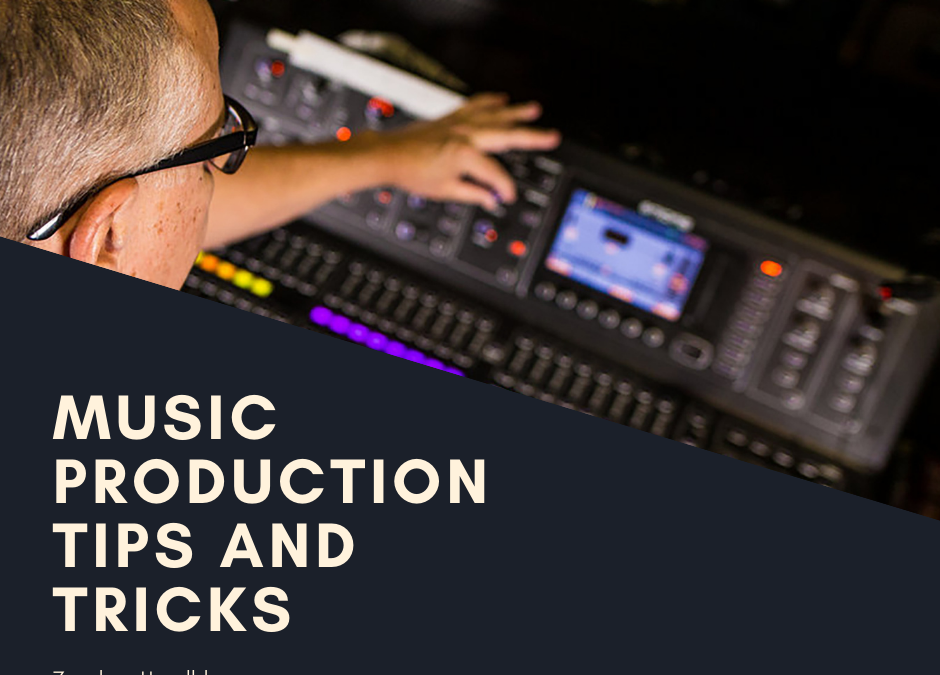Anyone who has ever been in a band knows the struggle of making your music more marketable. If you want to be successful, you need to know how to take all those hours spent on studio time and make them worth it. We’ll go over 5 tips for producing better-sounding tracks that will help get your music heard by a larger audience.
Make Friends with Your Room
About half of the battle in achieving great sound is acoustics. How you treat your room will have a huge impact on how tracks turn out. If you’re recording at home, this might be more difficult than just working off basic monitors or headphones that aren’t dedicated to mixing/monitoring purposes. If you have the ability to use acoustic treatment and bass traps, this is a huge plus. These two tools will do wonders for your low-end response as well as overall clarity of sound.
Work to a Reference
One of the best ways to make sure your tracks sound good is by having a reference track. If you’re not familiar with this term, it simply means that if you have a song or album from another artist who sounds similar to what you are going for in terms of feel and production quality, use it as an example when you’re mixing.
Use Instruments with Personality
Not every instrument will sound good when layered. The key is to use instruments that already have a unique character and personality instead of getting it out of something generic. For example, if you need a violin but don’t want the hassle of learning how to play one, look into pre-recorded sampled string libraries or virtual instruments.
Use Subtractive EQ
This is a basic mixing technique that will help you get the most out of each track. The idea behind it is to make your tracks sound great individually before adding them together in the mix. With subtractive EQ, you are simply removing frequencies from certain sounds until they fit well with one another and can stand up to other instruments in the mix.
Keep a Separate “Production” Folder
Keeping all your different projects in one folder can get messy. Make sure you have separate folders for each project and label them accordingly so that it’s easy to find what you need! This also goes hand-in-hand with backing up files on an external hard drive or cloud service such as Google Drive or Dropbox.

